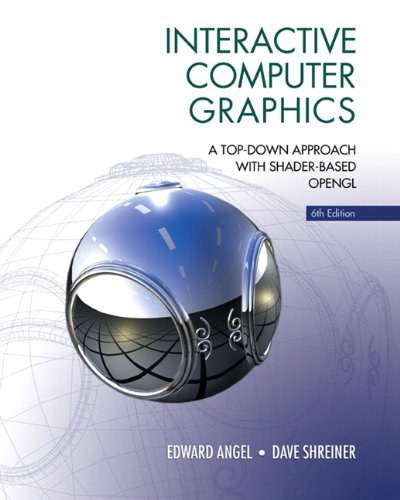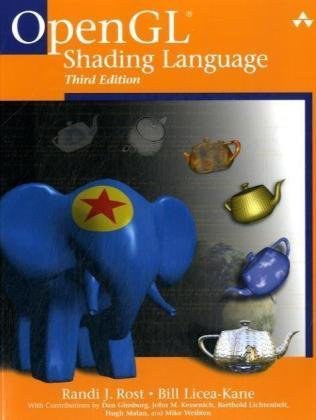Interactive Computer Graphics 豆瓣
作者:
Edward Angel
/
Dave Shreiner
Addison Wesley
2011
- 4
This book is suitable for undergraduate students in computer science and engineering, for students in other disciplines who have good programming skills, and for professionals. Computer animation and graphics–once rare, complicated, and comparatively expensive–are now prevalent in everyday life from the computer screen to the movie screen. Interactive Computer Graphics: A Top-Down Approach with Shader-Based OpenGL®, 6e, is the only introduction to computer graphics text for undergraduates that fully integrates OpenGL 3.1 and emphasizes application-based programming. Using C and C++, the top-down, programming-oriented approach allows for coverage of engaging 3D material early in the text so readers immediately begin to create their own 3D graphics. Low-level algorithms (for topics such as line drawing and filling polygons) are presented after readers learn to create graphics.

